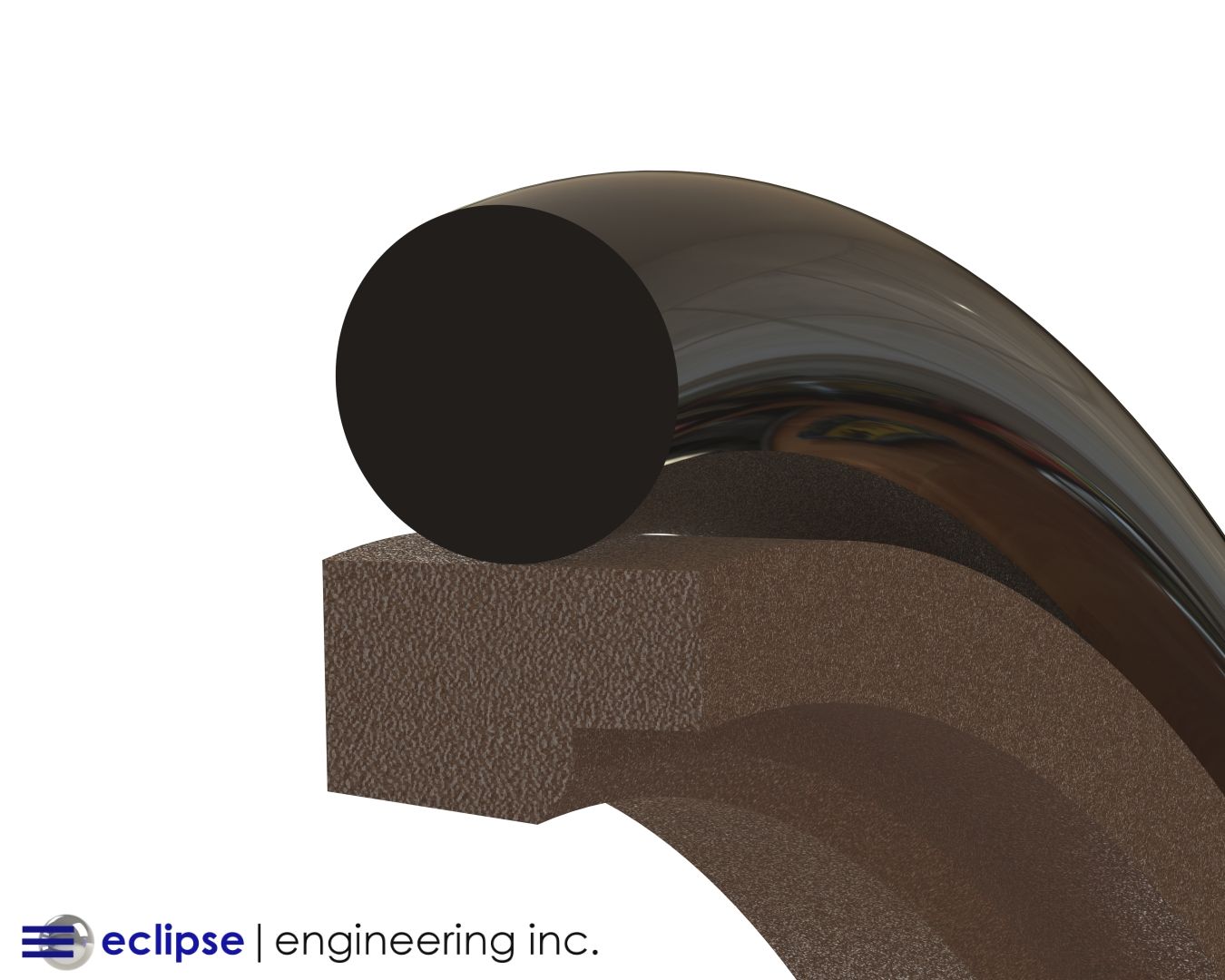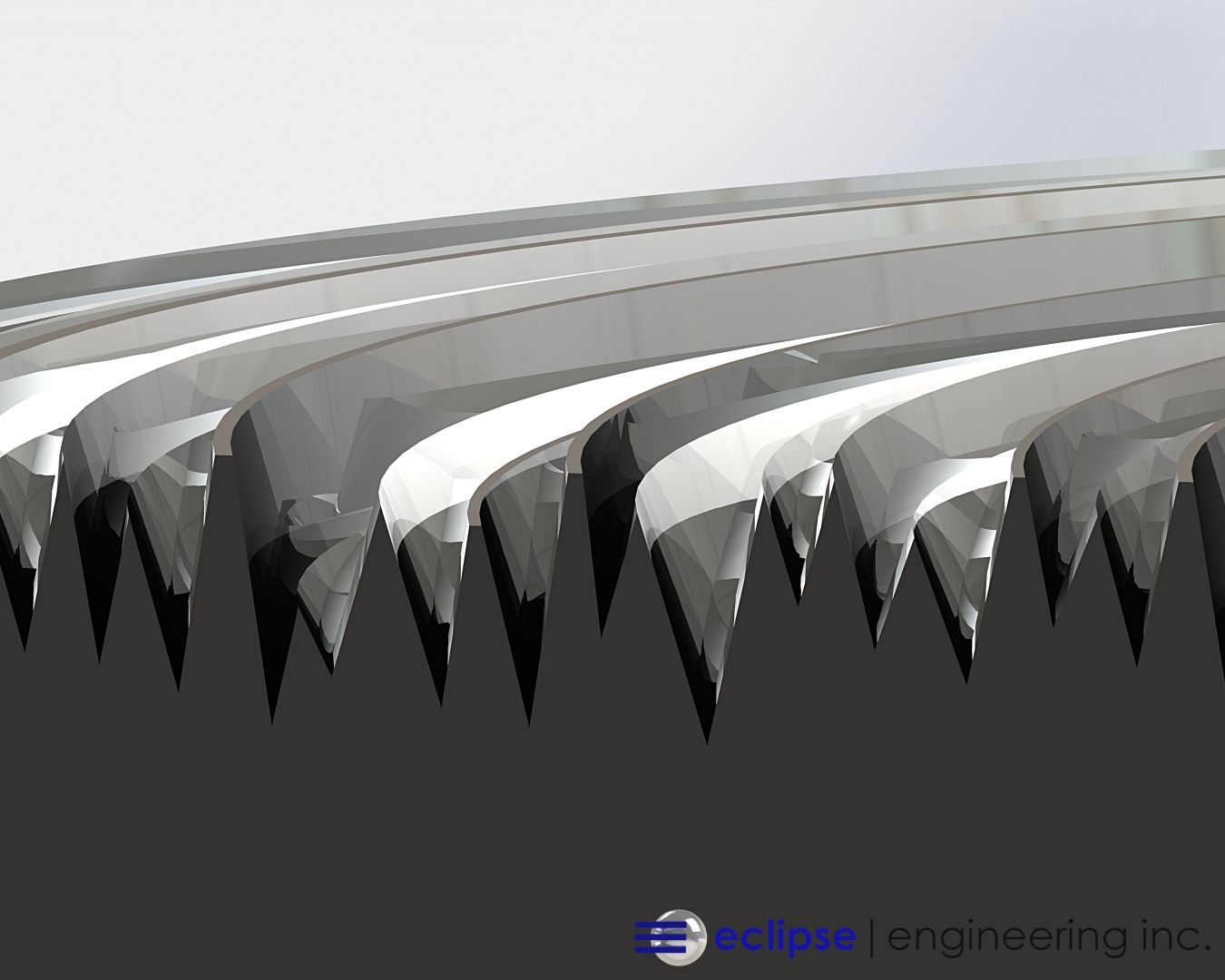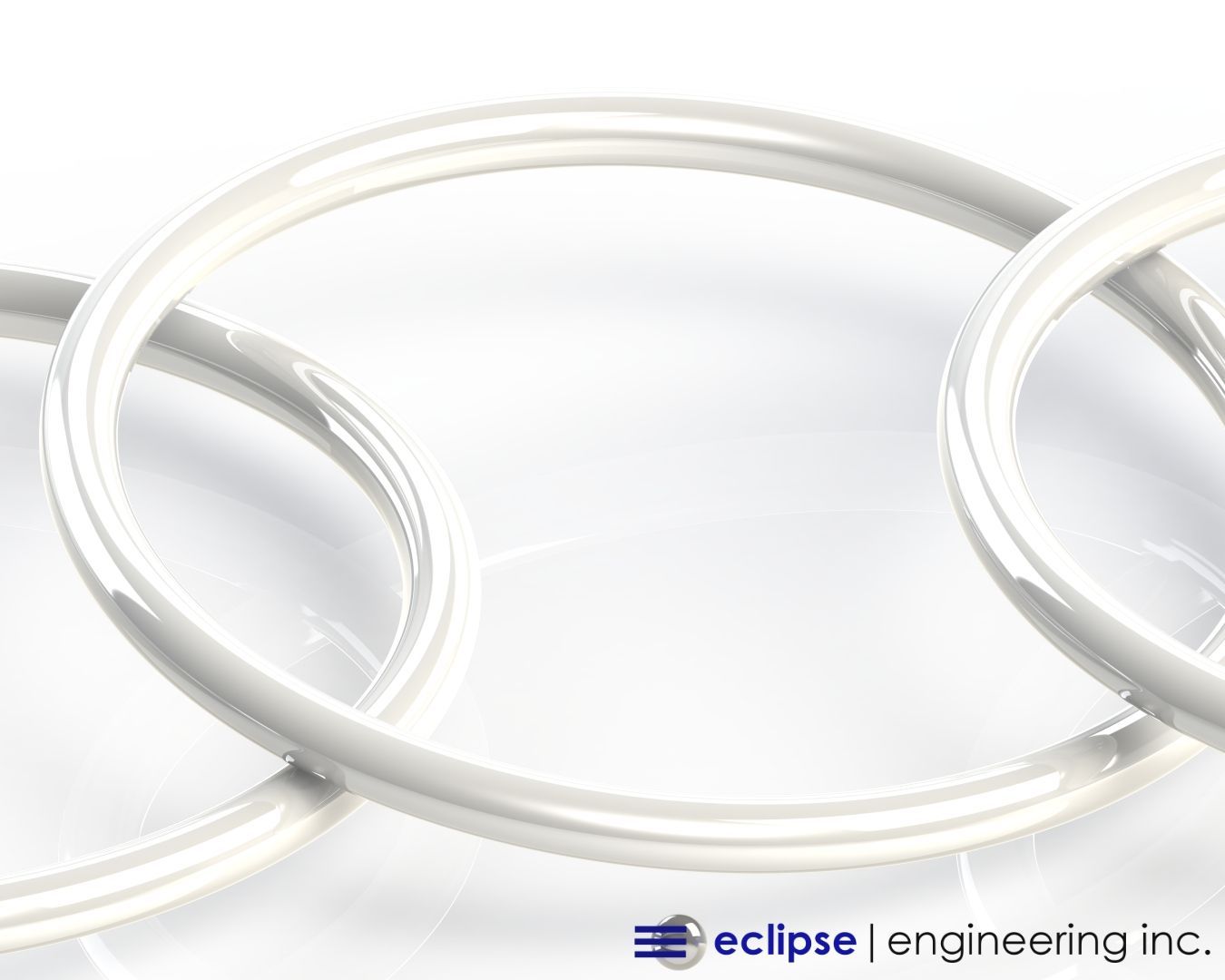Engineering Action Request Forms
When applications present themselves, very often there are details which are overlooked. Eclipse is now introducing our own Engineering Action Request form to get the details of your application in one neat form. Our engineering staff is always available to go over applications over the phone, however quite often, the information on this form can get the ball rolling and allow us to start the design for your application.
These forms have been added to our “Contact” tab with links for both a standard PDF that can be printed for your use, as well as an XLS template that you can tab through and check boxes right on your computer. Links will also be provided at the bottom of this post.
Once these forms are filled out, please feel free to email them directly to your rep, if you know who that is, or you can always email them to the sales@eclipseseal.com address or fax them to 303-635-3005.
We look forward to your new custom applications and thank you for thinking of Eclipse!





